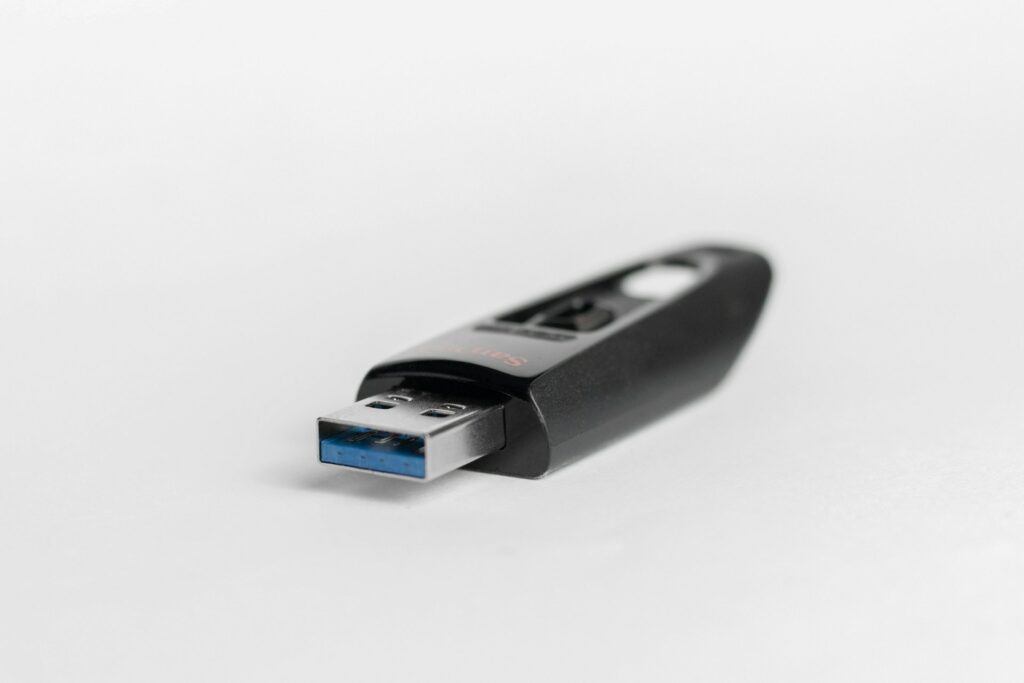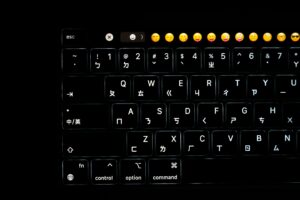The Straightforward Method for Making a USB Drive That Is Bootable Through Windows

The Straightforward Method for Making a USB Drive That Is Bootable Through Windows
The method of creating a bootable USB drive may seem to be complicated, but in reality, it is a very straightforward and practical procedure, particularly in the event that you ever need to install or repair Windows. Whether you are updating your system, mending a malfunctioning PC, or just storing a bootable USB as a backup tool, this post will lead you through the quickest method to do it using Windows tools. There is no need for complicated applications or scripting to do this task.
What You Will Call for
Before we start, check that you have the following:
- a USB flash disk with a minimum capacity of 8 gigabytes (with 16 gigabytes being suggested).
- An internet-connected personal computer running Windows.
- Either a copy of the Windows ISO file or access to the Media Creation Tool that Microsoft provides.
- And that’s all. Once you have them, the method is straightforward and easy to understand for beginners.
Download the Windows Media Creation Tool as the first step today.
If you do not already own a Windows ISO file, the most straightforward method for generating a bootable USB is to use the official Media Creation Tool that is provided by Microsoft.
- To get Windows 11 or Microsoft products, go to the official Microsoft download website.
- In the area labeled “Media Creation Tool,” choose the option to “Download Now.”
- Open the file that you downloaded, and then follow the on-screen instructions.
- Everything is made easier by using this tool. Completely in a single operation, it will download Windows, format your USB drive, and make it bootable.
Continue with Step 2: Launch the Tool and Make Your USB
Assuming the role of Administrator, launch the Media Creation Tool.
I agree to the conditions of the license.
Click the Next button after selecting Create installation media (USB flash drive, DVD, or ISO file) from the list of options that appear on the “What do you want to do?” screen.
Select the language, edition, and architecture that you want to use (or use the choices that are suggested).
Next, pick USB flash drive as your media selection, and then click the Next button on the page that appears.
Select the USB drive that is connected to your computer from the list.
- Note that the disk will be totally erased, so make sure to back up any data that are very critical.
- After you click the Next button, the program will start downloading Windows and producing the bootable USB after that.
- Depending on the speed of your internet connection and kind of computer, this procedure might take some time.
The third step is to remove the USB in a secure manner and then test it. Once the operation is finished:
- A notification will appear on your screen that reads, “Your USB flash drive is ready.”
- In a secure manner, remove the USB from your pc.
- This drive may now be used to install or repair Windows by putting it into any computer and booting from it. For more information, go here.
To put it to the test:
Restart your computer and get to the boot menu by hitting the F12, F10, or Esc key at the beginning of the starting process.
Choose the USB drive to begin.
The screen for setting up Windows should display if everything is done successfully.
Optional Approach (In the Event That You Already Possess an ISO File)
You can use a built-in utility like as Rufus, which is a portable application, or even Windows’ built-in Diskpart tool, although both tools are significantly more complicated. If you already have a Windows ISO file downloaded, you can use any of these choices. However, the way of using the Media Creation Tool continues to be the most user-friendly and secure option.
Remarks to Conclude
In Windows, the task of creating a USB device that is bootable is no longer reserved for a computer specialist. Without having to play around with complicated instructions or unsafe third-party applications, anybody can accomplish this task with the help of Microsoft’s free tool and a little bit of patience. In the event that you are reinstalling Windows or assisting a friend in repairing their computer, this approach will prove to be an invaluable resource.






